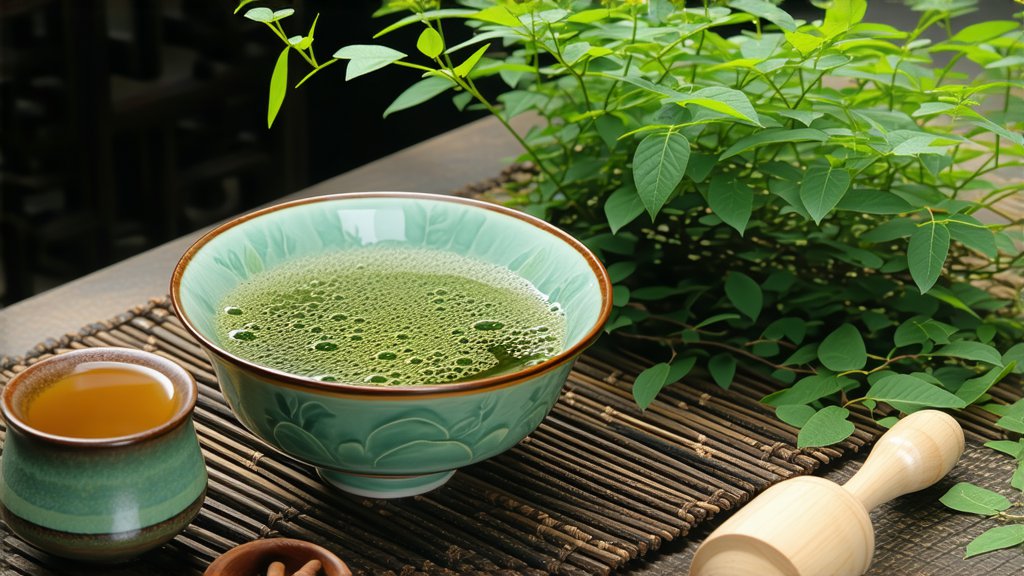
Nestled amidst the picturesque landscapes of Hangzhou, capital of Zhejiang Province, lies a treasure trove of Chinese tea culture that has captivated connoisseurs for centuries. Among its many gems, Longjing tea, also known as Dragon Well tea, stands out as a symbol of elegance, craftsmanship, and the quintessence of green tea tradition. This article delves into the rich history, diverse types, intricate production process, and nuanced art of appreciating Longjing tea, offering an immersive experience for international readers eager to explore this iconic Chinese beverage.
A Glimpse into History
Longjing tea traces its origins back to the Tang Dynasty (618-907 AD), but it was during the Qing Dynasty (1644-1912) that its reputation truly flourished. Legend has it that Emperor Kangxi, while on a tour of the West Lake region, discovered this exceptional tea and was so impressed by its quality that he bestowed upon it the imperial name "Longjing," meaning "Dragon Well." The name not only reflects the tea's prestigious status but also alludes to the dragon-shaped well near which the tea bushes are said to have been first cultivated.
Throughout Chinese history, Longjing has been celebrated not just for its exquisite taste but also as a symbol of purity and refinement. It became a favored drink among scholars, poets, and emperors alike, who praised its delicate flavor and the tranquility it brought to their minds. Today, Longjing continues to be revered both domestically and internationally, embodying the essence of China's tea heritage.
Diverse Varieties within Longjing
While Longjing is often referred to as a singular tea, it encompasses several distinct varieties, each with its unique characteristics yet sharing the common thread of exceptional quality. These include:
-
Xihu Longjing (West Lake Dragon Well): Grown in the core area surrounding West Lake, this is considered the epitome of Longjing tea. Its leaves are flat, slender, and bright green, resembling the shape of a spearhead. Xihu Longjing is prized for its mellow taste, chestnut aroma, and lingering aftertaste.
-
Meiling Longjing: Cultivated in the Meijiawu area, these teas offer a slightly fuller body compared to their West Lake counterparts, with a more pronounced roasted note. They maintain a balance between sweetness and umami, making them highly sought after by discerning palates.
-
Yuhang Longjing: Produced in Yuhang District, this variety benefits from the unique microclimate and soil conditions of the region. Yuhang Longjing is characterized by its vibrant color, brisk flavor profile, and a hint of orchid fragrance, setting it apart from other Longjing teas.
Each of these varieties contributes to the rich tapestry of Longjing tea, showcasing the versatility and depth inherent in this esteemed green tea.
The Art of Crafting Longjing
The magic of Longjing tea lies not only in its origin but also in the meticulous craftsmanship involved in its production. The process is a harmonious blend of tradition and artistry, ensuring that every leaf embodies the essence of its terroir. Here's a closer look at the steps involved:
-
Handpicking: Only the youngest and most tender leaves, typically the bud and the first two leaves, are selected. This selective harvest ensures the highest quality and optimal flavor profile.
-
Withering: Freshly picked leaves are spread out thinly on bamboo mats or baskets under shade to allow for gradual moisture loss. This step softens the leaves, making them pliable for shaping.
-
Fixation (Pan-Frying): Unlike other green teas that may be steamed or baked, Longjing undergoes a unique fixation process known as "pan-frying." Skilled tea masters toss the leaves in large woks over high heat, using their hands to ensure even heating and prevent burning. This step halts oxidation and develops the characteristic chestnut aroma.
-
Shaping: Following fixation, further shaping occurs to achieve the distinctive flat appearance of Longjing leaves. The leaves are flattened and pressed between the palms or with special tools, enhancing their visual appeal and aiding in even drying.
-
Drying: Finally, the shaped leaves are dried thoroughly in ovens or on heated surfaces to reduce moisture content to around 5%. This step stabilizes the tea for storage and preserves its freshness and flavor.
The entire process demands precision, skill, and years of experience, transforming simple tea leaves into a work of art that delights the senses.
Savoring the Symphony of Flavors: Tasting Longjing
Tasting Longjing tea is an experience that engages all the senses, from the visual inspection of aroma appreciation to the actual sip and subsequent aftertaste. Here's how to fully appreciate this exquisite brew:
-
Visual Appreciation: Observe the dry leaves for their slender shape and vibrant green hue. Upon infusion, they unfurl gracefully, revealing their true beauty.
-
Aroma Detection: Before taking a sip, inhale deeply to capture the subtle chestnut aroma mixed with floral notes. Let the fragrance guide your anticipation.
-
First Sip: Take a small sip, allowing the tea to coat your palate. Notice the initial sweetness followed by a mild vegetal bitterness that quickly dissipates, leaving a clean finish.
-
Aftertaste: Pay attention to the lingering flavors after swallowing. A good Longjing will leave a refreshing sensation in your mouth, often accompanied by a gentle sweetness or a hint of mineral complexity.
-
Multiple Infusions: Longjing tea can be steeped multiple times, each infusion revealing different facets of its character. As you progress through subsequent brews, you'll notice subtle shifts in flavor intensity and aroma profiles.
To truly savor Longjing, one must adopt a mindful approach, appreciating each aspect of the tea-drinking ritual.
In conclusion, Longjing tea represents more than just a beverage; it embodies centuries of Chinese tea culture, artisanal excellence, and a deep connection to nature. From its storied past to the intricate craftsmanship involved in its production and the nuanced pleasure of tasting, Longjing invites us on a journey that transcends time and borders. Whether you're a seasoned tea enthusiast or a curious newcomer, embarking on your tea exploration, let Longjing be your guide into the enchanting world of Chinese green tea.